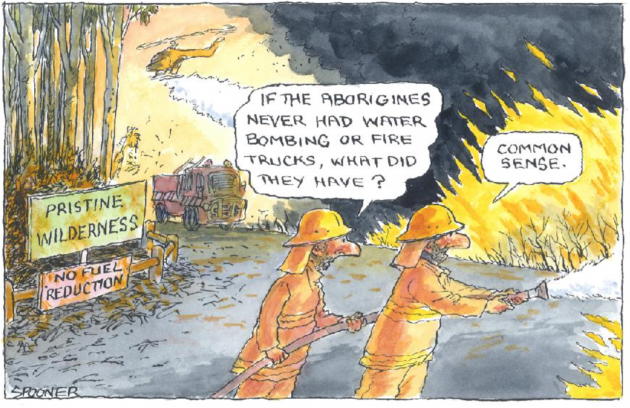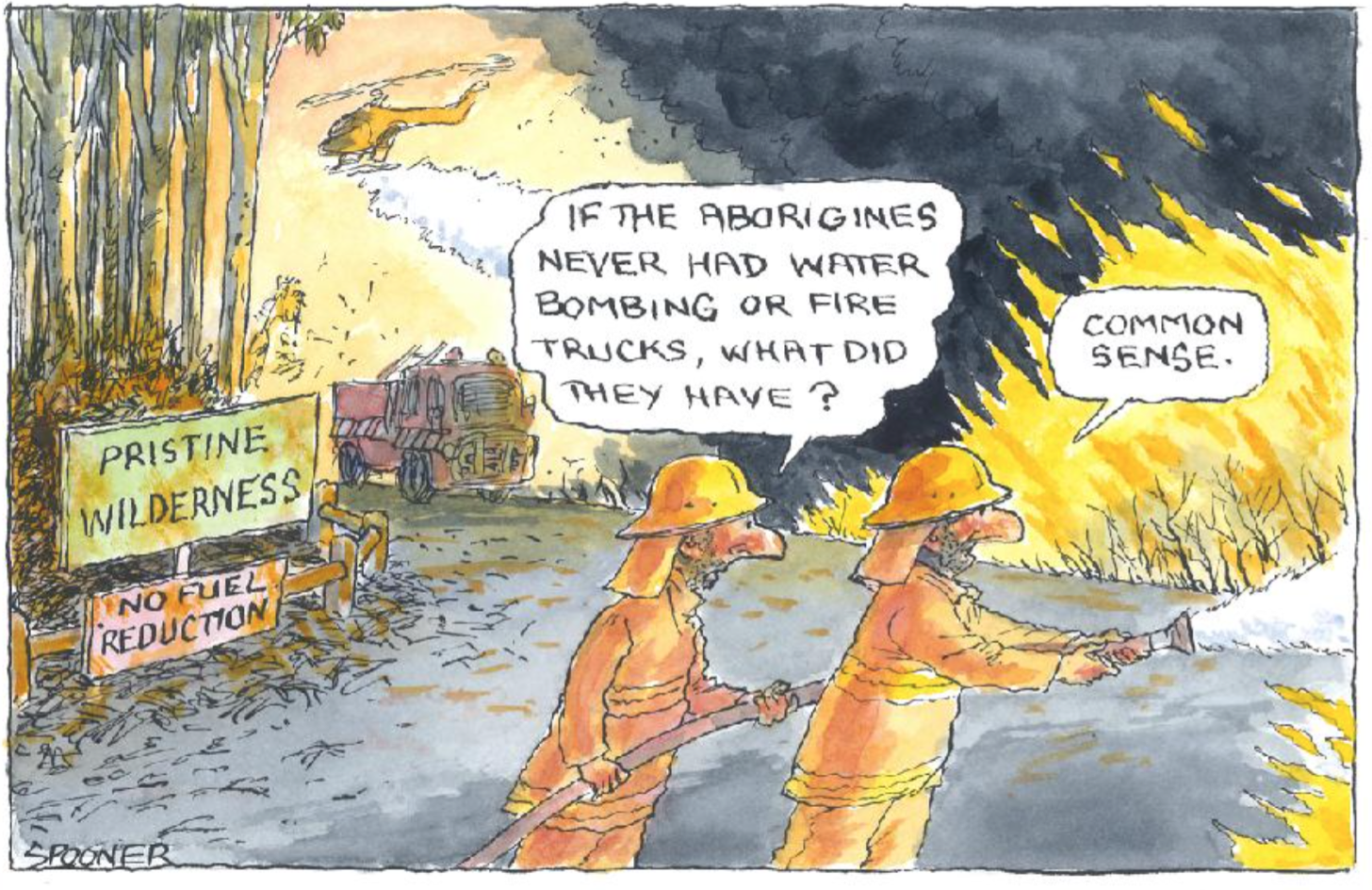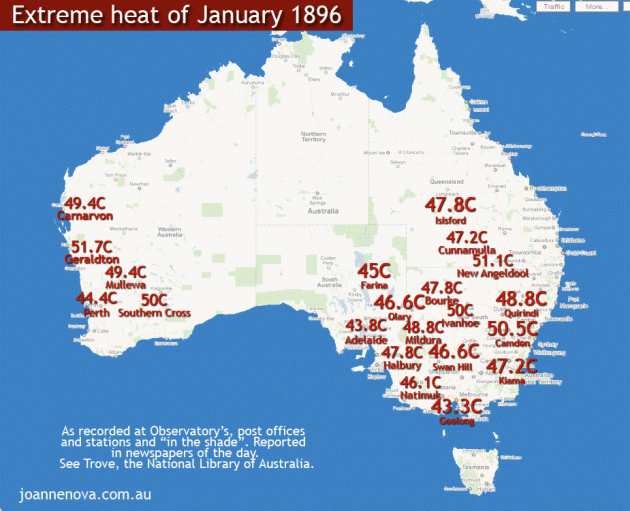Bryan Leyland
climatescience.org.nz
About 30 years ago I was working in Australia on the Kiewa Hydro scheme in the mountains south of the Snowy River. They had a huge potential bushfire problem and devoted a large amount of resources and people to preparing to fight fires. But they told me that the rubbish was building up the forest floor and sooner or later there would be a really serious fire. It happened a few years later and completely burnt out the forest.
In his book “The Future Eaters”, Tim Flannery pointed out that, for thousands of years, the aborigines used firestick farming to burn out the understory and encourage new growth. This provided food for the kangaroos on which the aborigines mainly lived. So the whole of the east coast ecology shifted from the pre-aborigine trees to gum trees that could withstand the regular burning. When the white man came, the regular burning largely stopped and more recently the forest managers have been encouraged/instructed to stop regular burning as it was believed to be unsustainable. In fact, it was sustainable and had been for thousands of years.

Australia has always had forest fires – for millions of years. Many are started by lightning. What makes these fires so bad is, as the cartoon points out, the build-up of rubbish on the forest floor. A man-made problem.
In the 1940s I remember smoke from forest fires in Australia.
The 1943–44 Australian bushfire season was marked by a series of major bushfires following severe drought conditions in the state of Victoria in Australia. The summer of 1943–44 was the driest summer ever recorded in Melbourne until 2002 with just 46 millimetres or 1.81 inches falling, a third of the long-term average.[1]Between 22 December 1943 and 15 February 1944, burnt an estimated one million ha[2], 51 people were killed, 700 injured, and 650 buildings were destroyed across the state.[3] The current bushfires: The 2019–20 Australian bushfire season has burned an estimated 6,300,000 hectares (16,000,000 acres; 63,000 km2; 24,000 sq mi), destroyed over 2,500 buildings (including over 1,300 houses) and killed 24 people as of 4 January 2020, with a further six missing in the state of Victoria.
Wikipedia
And here are the Australian temperatures in 1896:
But now they say: On Wednesday 18 December, Australia experienced its hottest day on record with an average maximum temperature of 41.9C (107.4F), beating the previous record by 1C that had been set only 24 hours earlier. The records they base this statement on do not go back as far as 1896. Here is the rainfall picture back to 1900. The 20s and 30s look pretty bad.
If you enjoyed this BFD article please consider sharing it with your friends.


